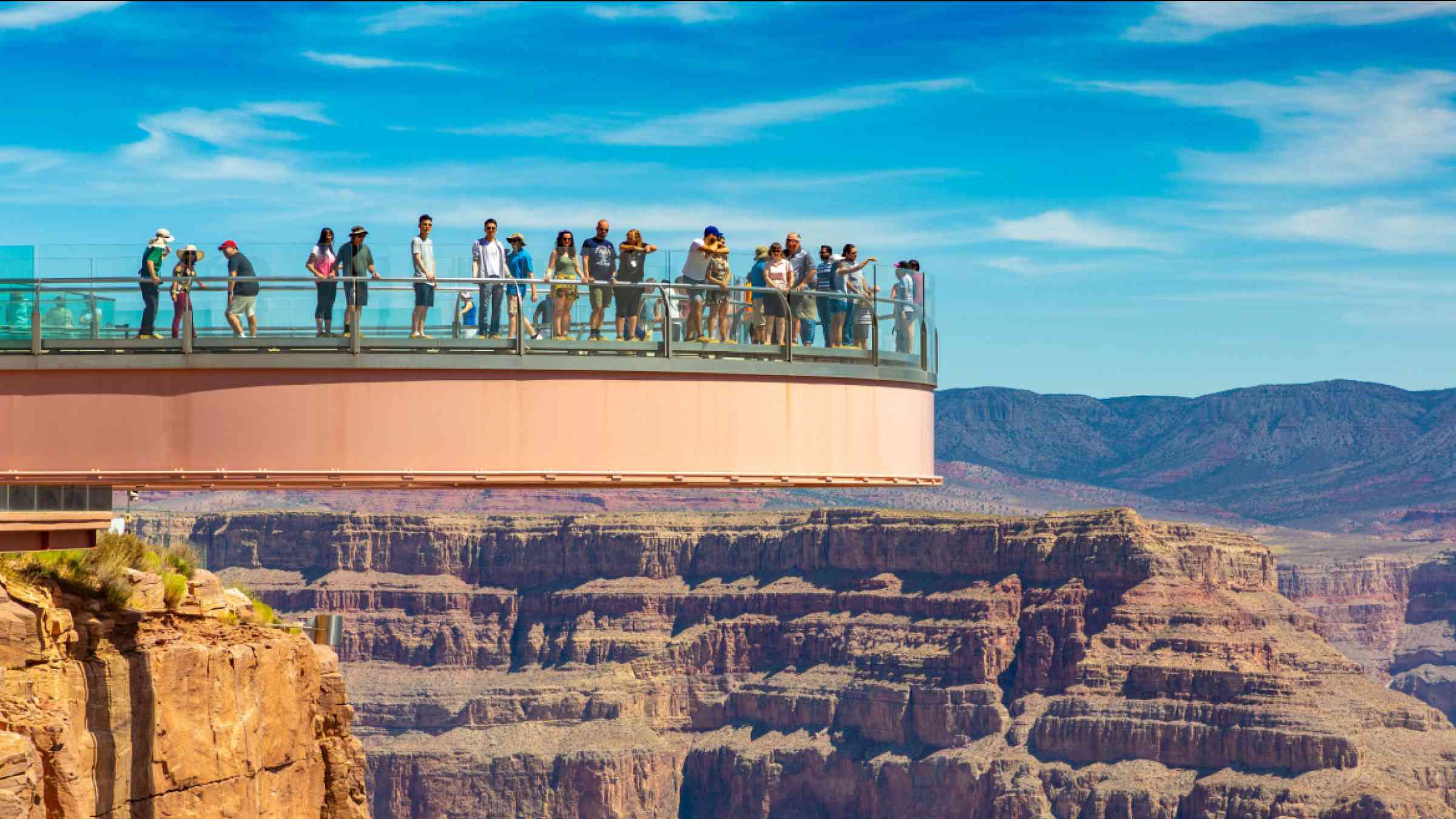Models suggest Grand Canyon could see increase in heat-related illnesses due to climate change

A pair of resource stewardship researchers at the U.S. National Park Service's, Natural Resource Stewardship and Science Directorate, working with a colleague from the University of Pennsylvania, has found via modeling that it is likely more visitors to Grand Canyon National Park will experience heat-related injuries as the region warms due to climate change.
In their study, reported in PLOS ONE, Danielle Buttke, Gregor Schuurman and Brinkley Raynor used data from a variety of sources to predict the increase in heat-related illness in the coming years.
Grand Canyon National Park is one of the most visited parks in the U.S. despite its reputation as an extremely hot region. Temperatures at the bottom of the canyon average near 60°C (140°F) during the summer months and can be even hotter on trails leading down because the dark-colored walls absorb heat.
Such temperatures can lead to heat-related illnesses if visitors are not properly prepared—approximately 77 cases of such illness, on average, are reported at the park each year.
[...]